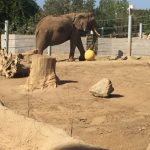 During a recent trip to San Diego, we had the opportunity to visit the acclaimed San Diego Zoo. Although this type of content isn’t exactly in our wheelhouse, we were so impressed by our visit that we couldn’t help but write the following special. The San Diego Zoo is regarded as the best in the country in both their unique and extensive collection of animals as well as their conservation and breeding efforts. The San Diego Zoo also revolutionized the world of zoos and aquariums by becoming the first zoo to introduce naturalistic habitats, meaning every exhibit is tailored specifically to mimic the real habitats of the animals. The result today is a zoo with spectacular habitats, amazing animals and gorgeous landscaping. And since this is California Coaster Kings, we’ll be touching on the hints of theme park traits sprinkled throughout this wonderful zoo. So please enjoy the following article on the one and only San Diego Zoo.
During a recent trip to San Diego, we had the opportunity to visit the acclaimed San Diego Zoo. Although this type of content isn’t exactly in our wheelhouse, we were so impressed by our visit that we couldn’t help but write the following special. The San Diego Zoo is regarded as the best in the country in both their unique and extensive collection of animals as well as their conservation and breeding efforts. The San Diego Zoo also revolutionized the world of zoos and aquariums by becoming the first zoo to introduce naturalistic habitats, meaning every exhibit is tailored specifically to mimic the real habitats of the animals. The result today is a zoo with spectacular habitats, amazing animals and gorgeous landscaping. And since this is California Coaster Kings, we’ll be touching on the hints of theme park traits sprinkled throughout this wonderful zoo. So please enjoy the following article on the one and only San Diego Zoo.
*This place is huge! As a results there are some things here and there that we missed. Thank you for understanding.*
– Recently our images have popped up on other sites and forums, awesome that our coverage spreads, not so awesome that no one mentioned where they got the images from. We are totally fine with our audience using our images, BUT ONLY IF credit is given to californiacoasterkings.com. Thank you! –
The first thing to note is that the Zoo is vast! The animal collection is astounding and the Zoo’s physical footprint is enormous, spreading over several canyons. This humongous park is separated into a variety of geographically themed areas. The entrance area is called Centennial Plaza, and naturally that’s where we’ll begin. In this area you can purchase a ticket for a bus tour, a popular way to tour the park without too much walking. We opted to go on foot.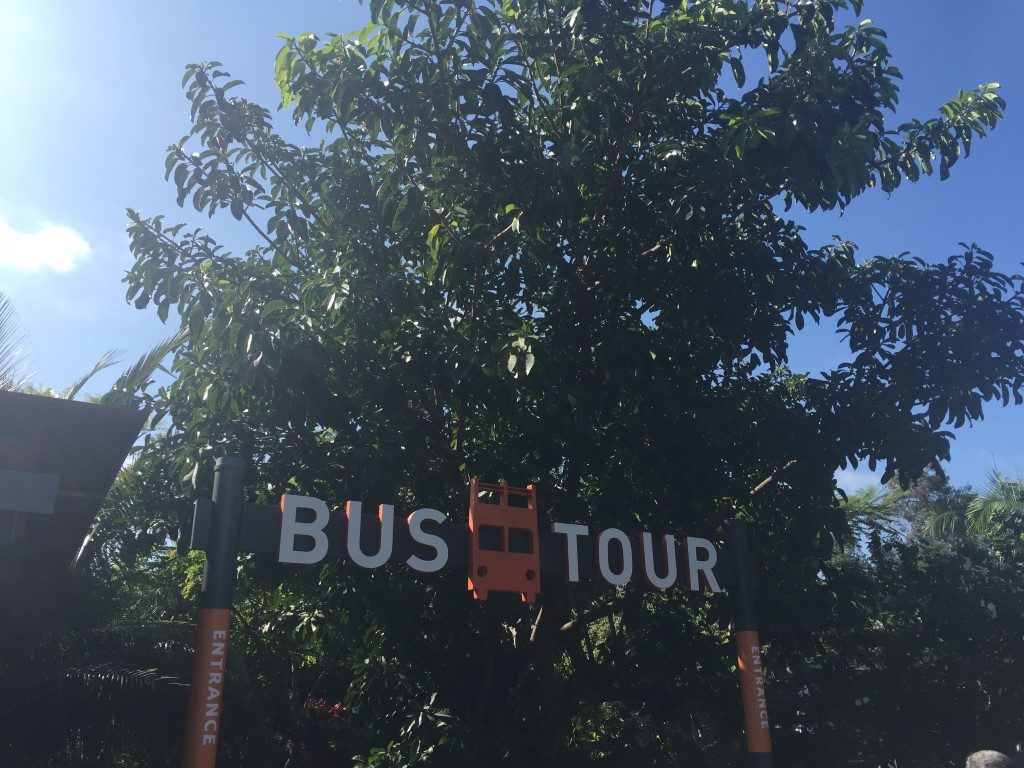
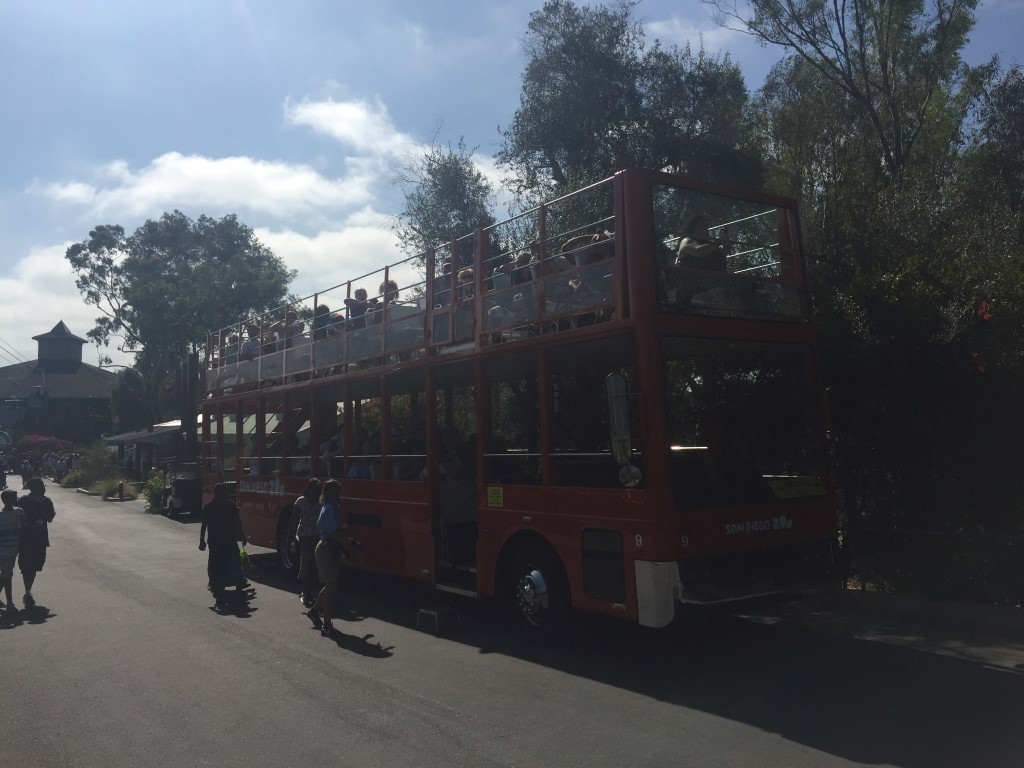
Speaking of getting off your feet just a little further into Centennial Plaza is the Skyfari, the park’s skyride that whisks guests from one end of the park to the other. More on that later.
The first animals we decided to see were the reptiles, via the appropriately named Reptile House, and Reptile Walk.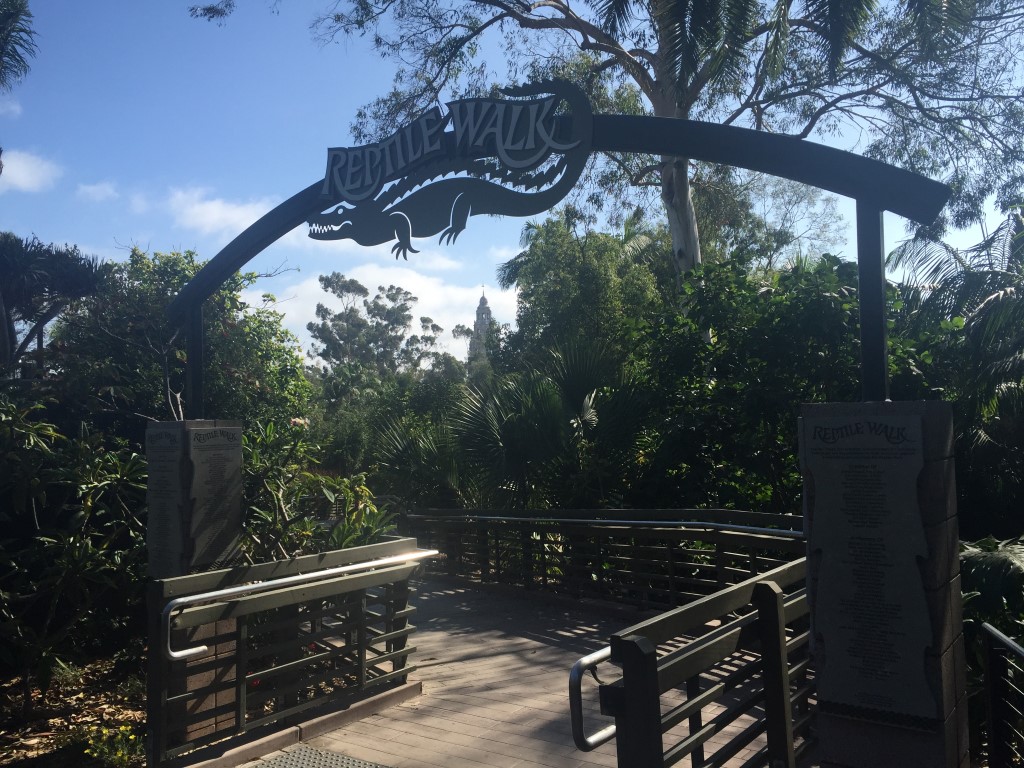
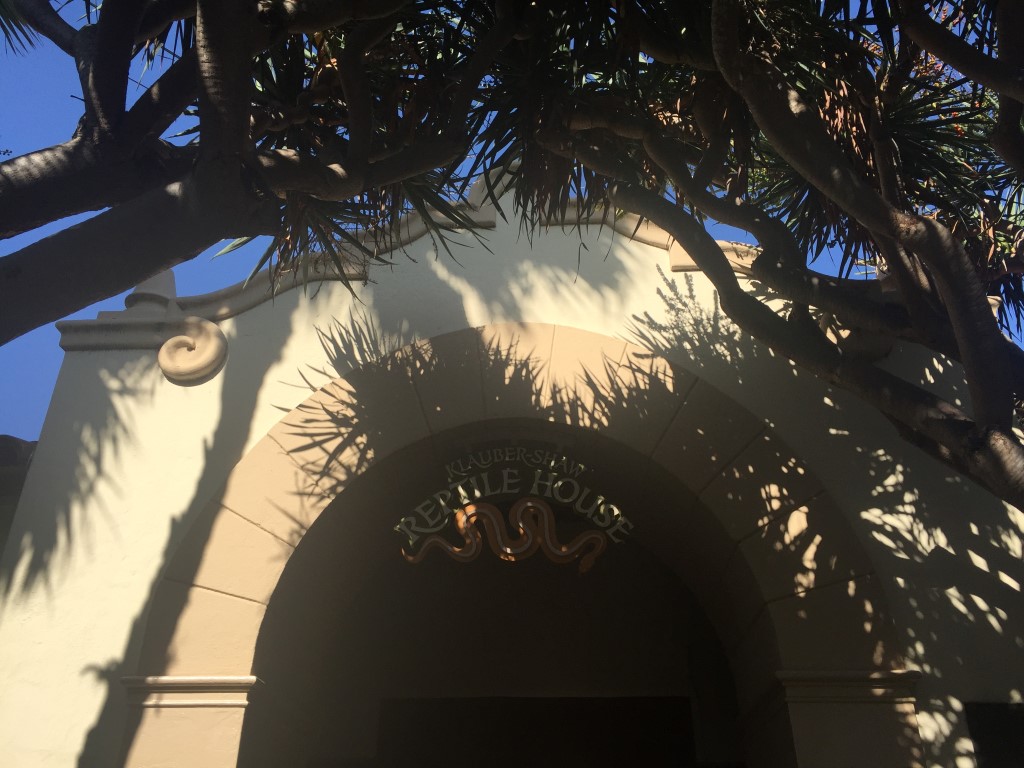
The Reptile House is a large rectangular building lined with displays. It’s a pretty huge exhibit with no shortage of animals ranging from local to wildly exotic. It mostly consists of different snakes species and there really were some incredible and beautiful animals, including emerald tree boas, rare rattlesnakes, anacondas, pit vipers and many more.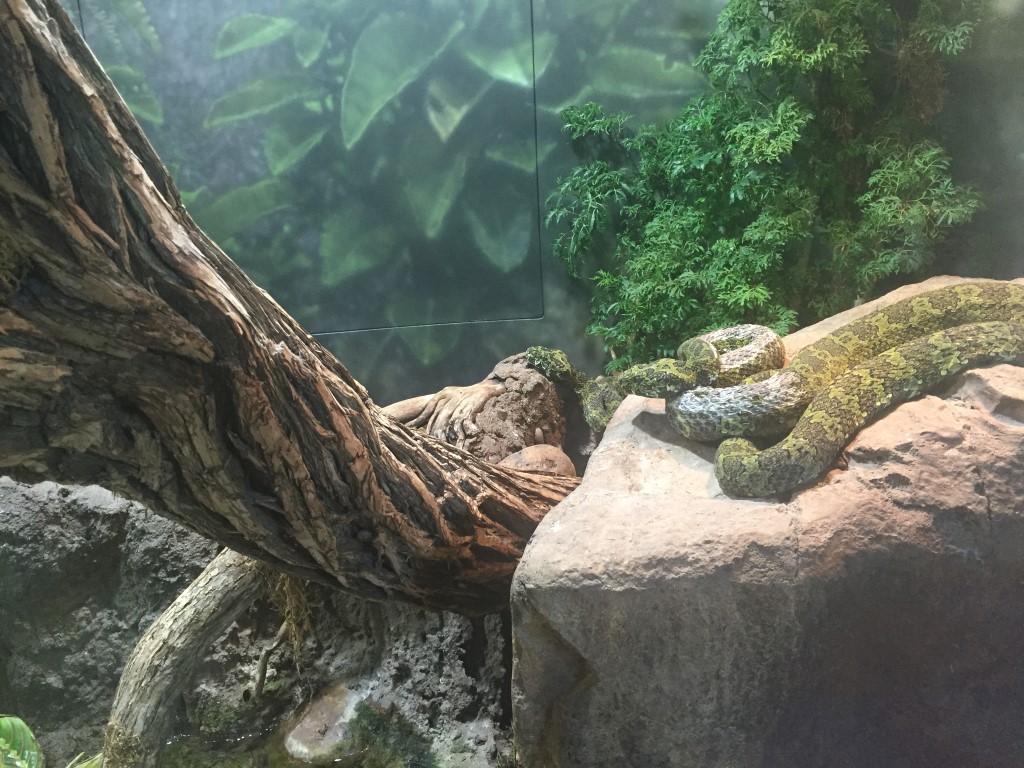
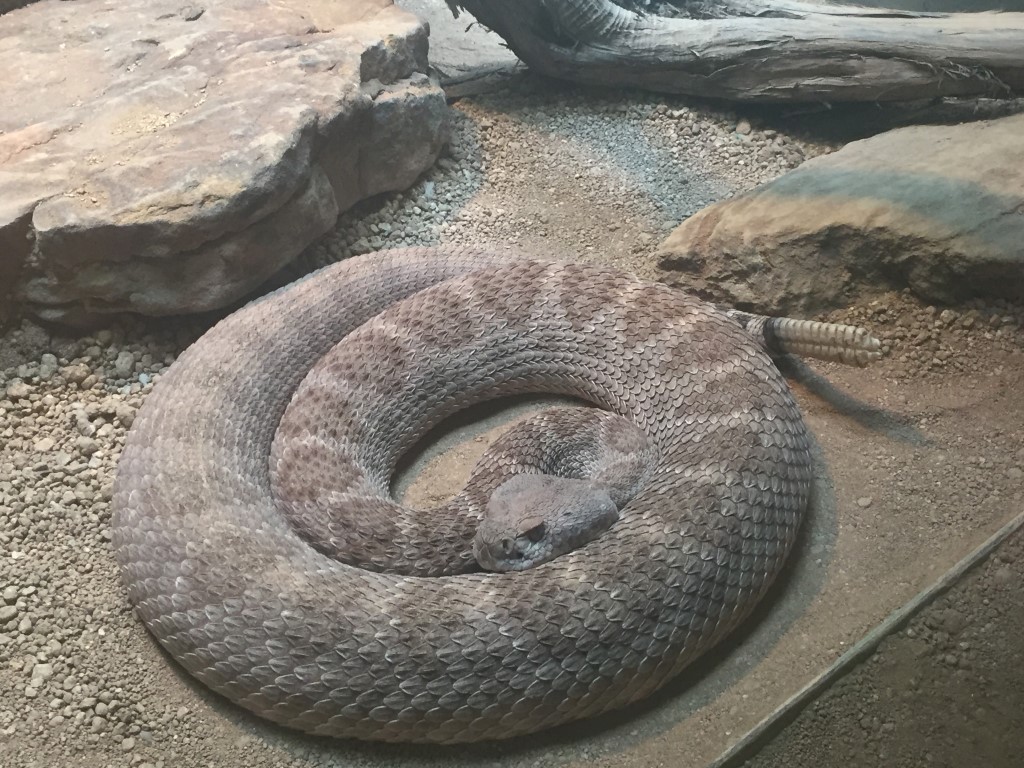
Along the Reptile Walk, there are more snakes, lizards, and even Chinese Alligators (extinct in the wild and incredibly rare in captivity) but the highlight by far were the Galapagos Tortoises. If you’ve never seen one of these animals in person they are seriously amazing. They easily weigh more than a person, and can live over 100 years.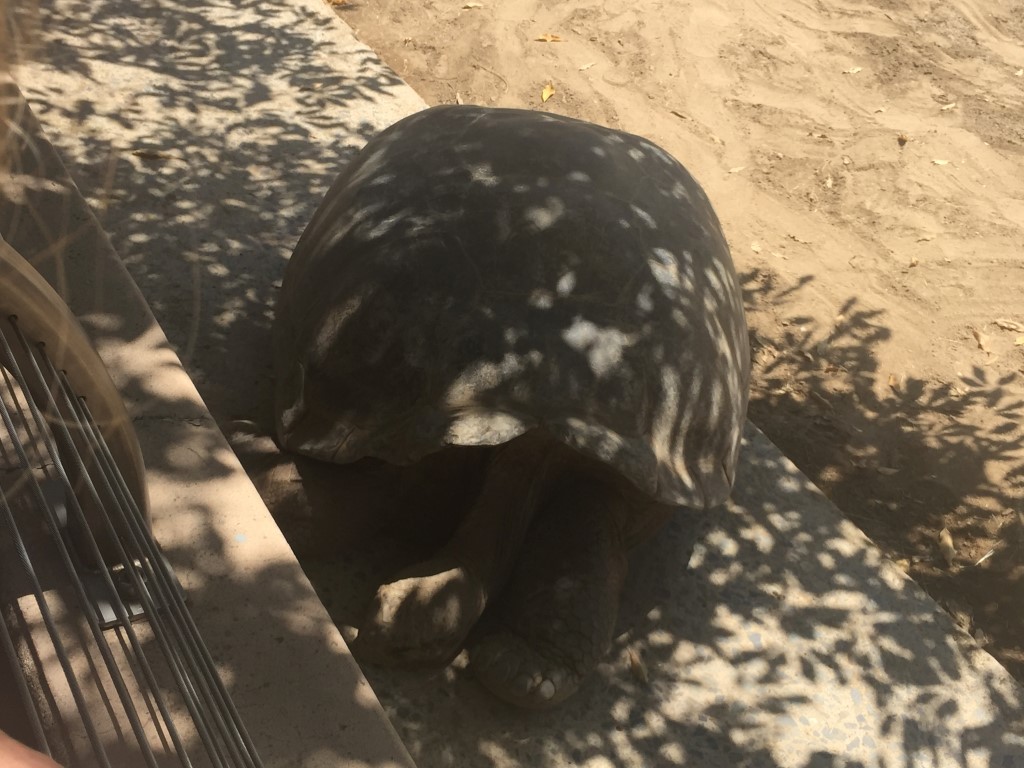
Overall we had a very positive first experience with the reptiles. Time to move on to something a little warmer blooded. The next area and by far the largest is Lost Forest. Lost Forest has all sorts of animals from hippos, to tigers, to orangutans and just about everything in between. It’s broken up into a few different trails. We’ll start off with The Monkey Trail, which, yup, you guessed it, has a lot of monkeys.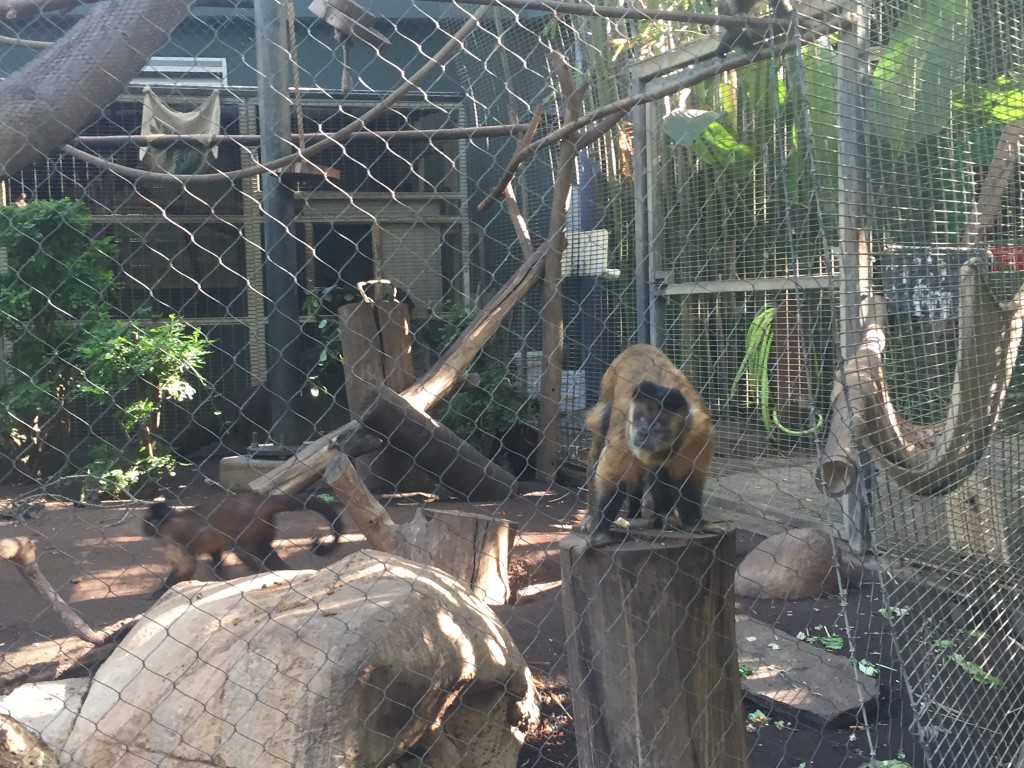
The infrastructure of this trail is pretty incredible and includes elevated paths allowing you to see the animals eye to eye despite being high in the tree tops.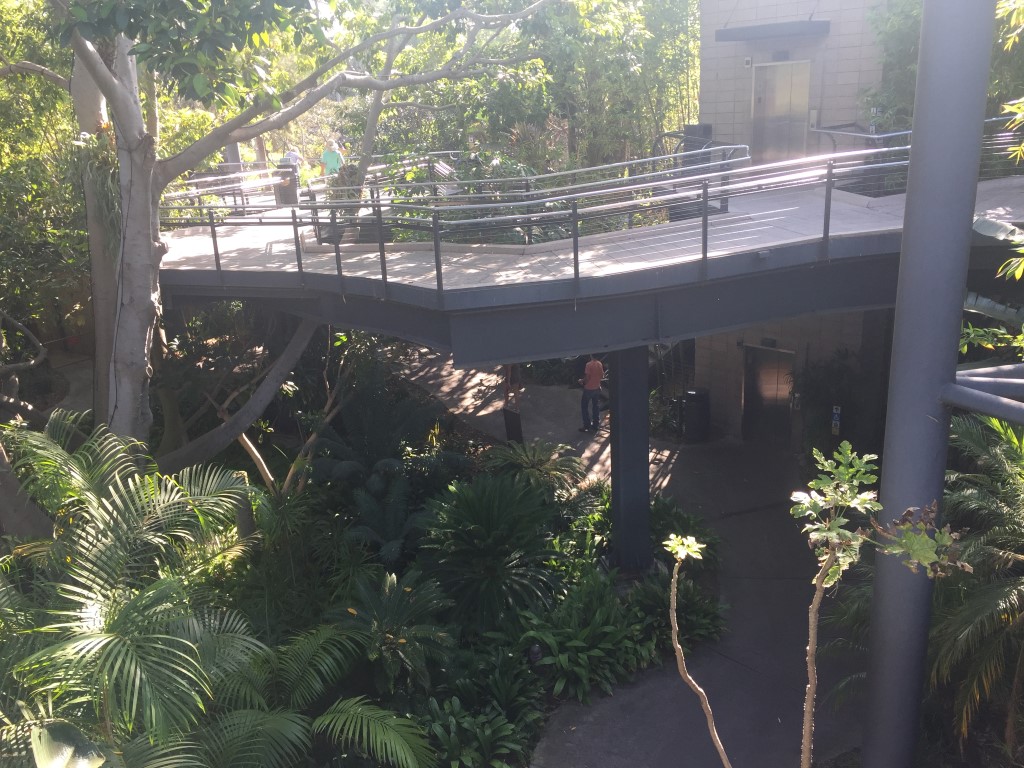
Some of the species of monkeys include capuchins (really smart monkeys from Central America), colorful mandrills (made famous by Lion King), Northern black crested mangabeys (playful monkeys from Africa), and the beautiful colobus monkeys, just to name a few. Between the impressive path and the variety of species along it, The Monkey Trail is not to be missed.
After descending some stairs down to ground level, guests can join up with one of our favorites, the Tiger Trail.
The Tiger Trail starts off with a wonderful fishing cat exhibit and a couple of aviaries, before continuing to a more reptilian area where you can find a very neat pool containing gharials, a critically endangered and spectacular looking species of crocodile, and a couple of species of freshwater turtles which is an excellent example of a mixed species exhibit, another innovation the park is famous for.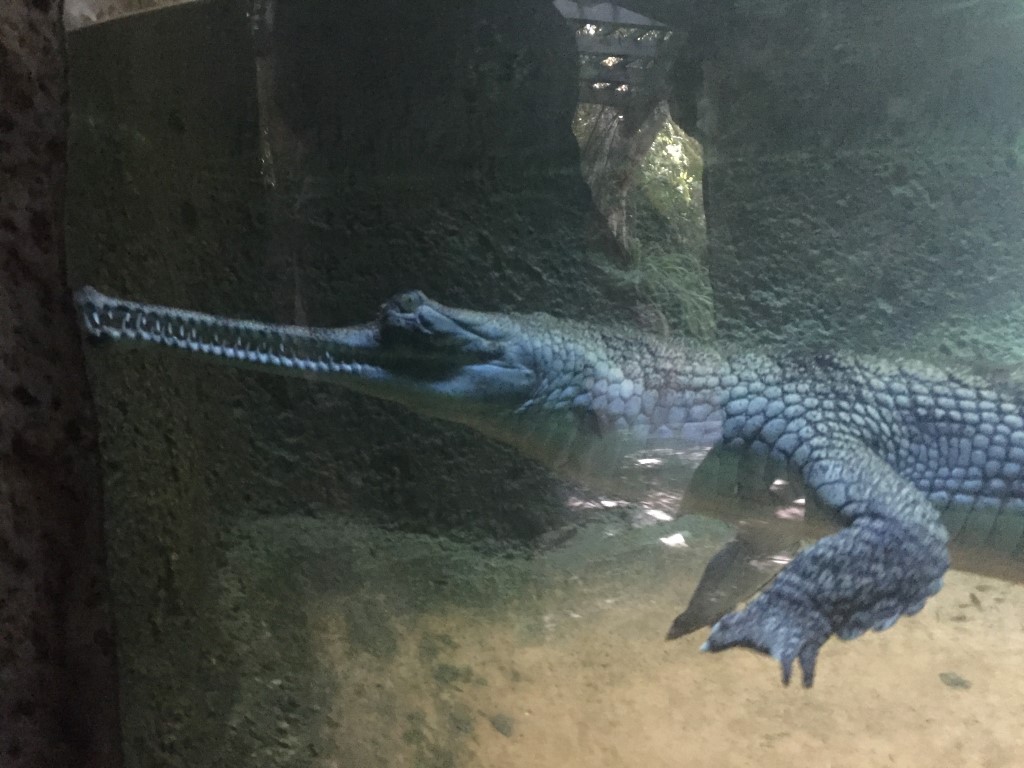
Also in the area is an impressive 15 foot long Burmese Python. Pretty cool!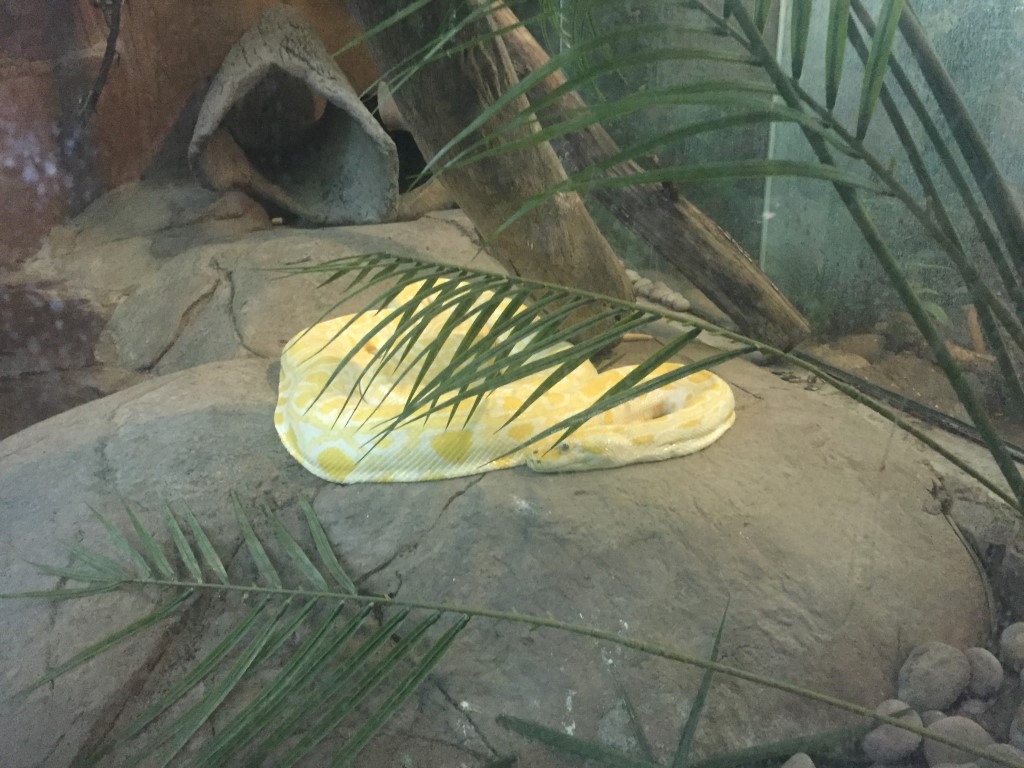
And of course, just a few more feet down the trail are the stars of the show, the Malayan tigers. These endangered animals’ exhibit is designed to be similar to a natural jungle habitat and was built on a steep slope that gives the cats plenty of room to get some exercise. It’s a very cool exhibit and shows of these beautiful animals incredibly well.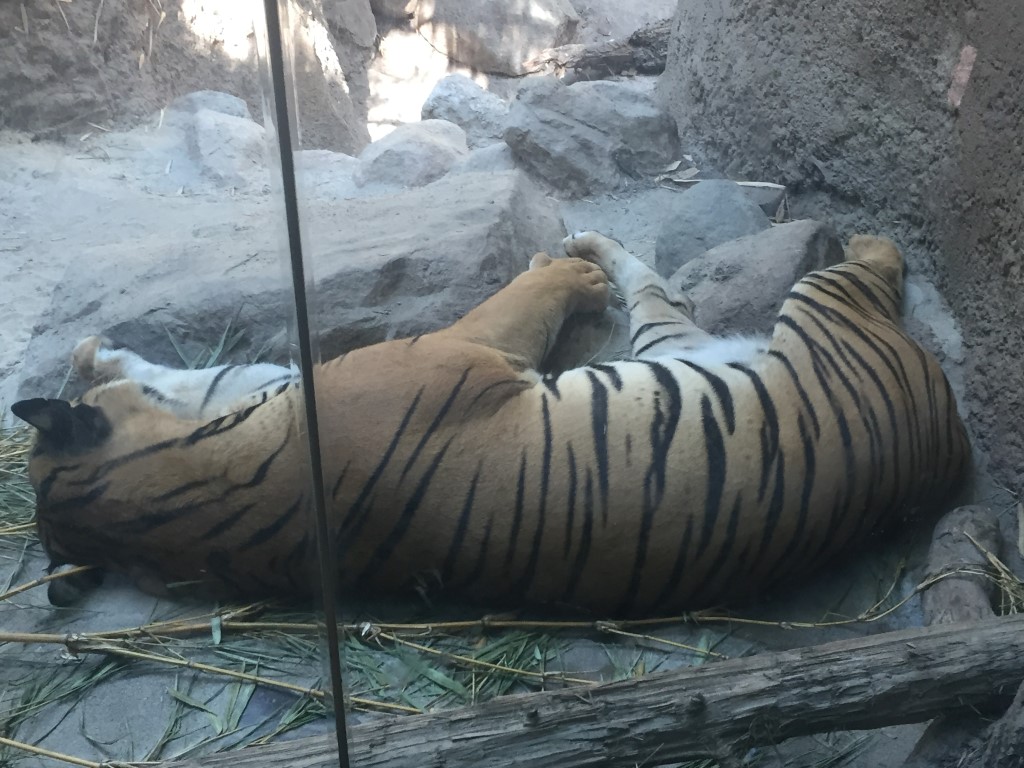
Next up is the Hippo Trail which features three main animal attractions. The first of which is the only living relative of the giraffe, the okapi. The okapi with its long neck and beautiful stripes looks like a cross between a giraffe and a zebra. Turns out it’s not related to the zebra but it does share a long, black prehensile tongue with its giraffe relatives. Not your standard zoo animal and very cool to see.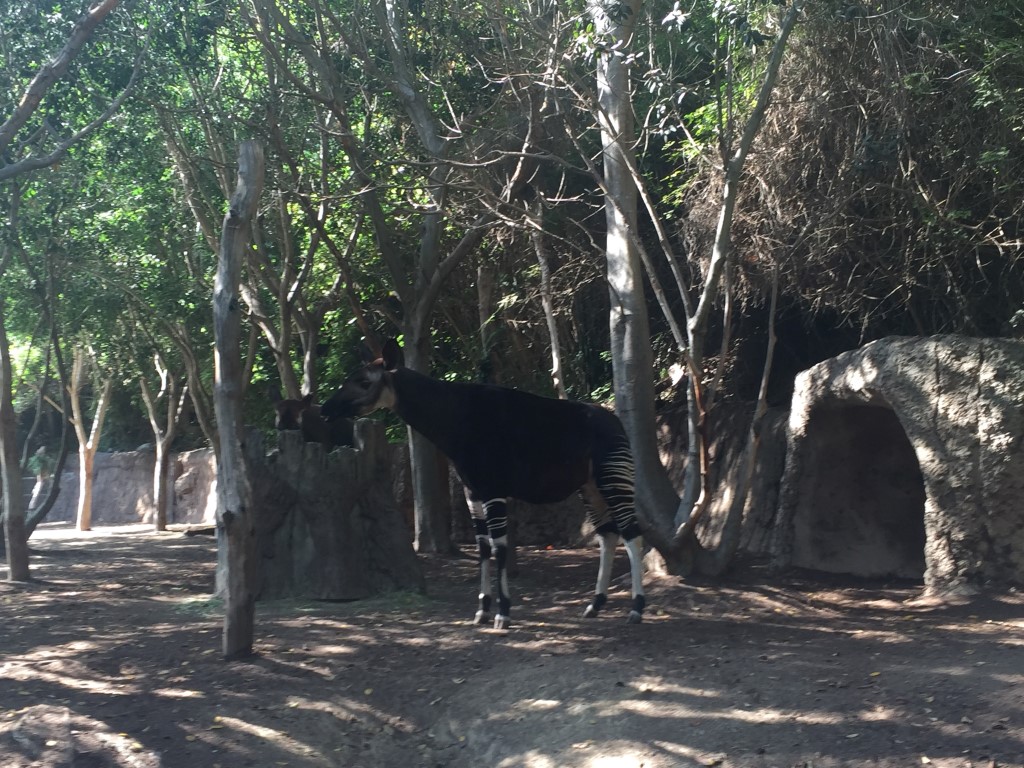
And of course you have the pygmy hippos, which are just massive animals, although smaller and less aquatic versions of the standard hippo. Their exhibit was quite large and featured a large pool stocked with live fish. The amazing innovation here is you can see the hippos moving under water. As it turns out, hippos can’t swim, they walk or run on river bottoms. Very cool to be able to see how they move through the water.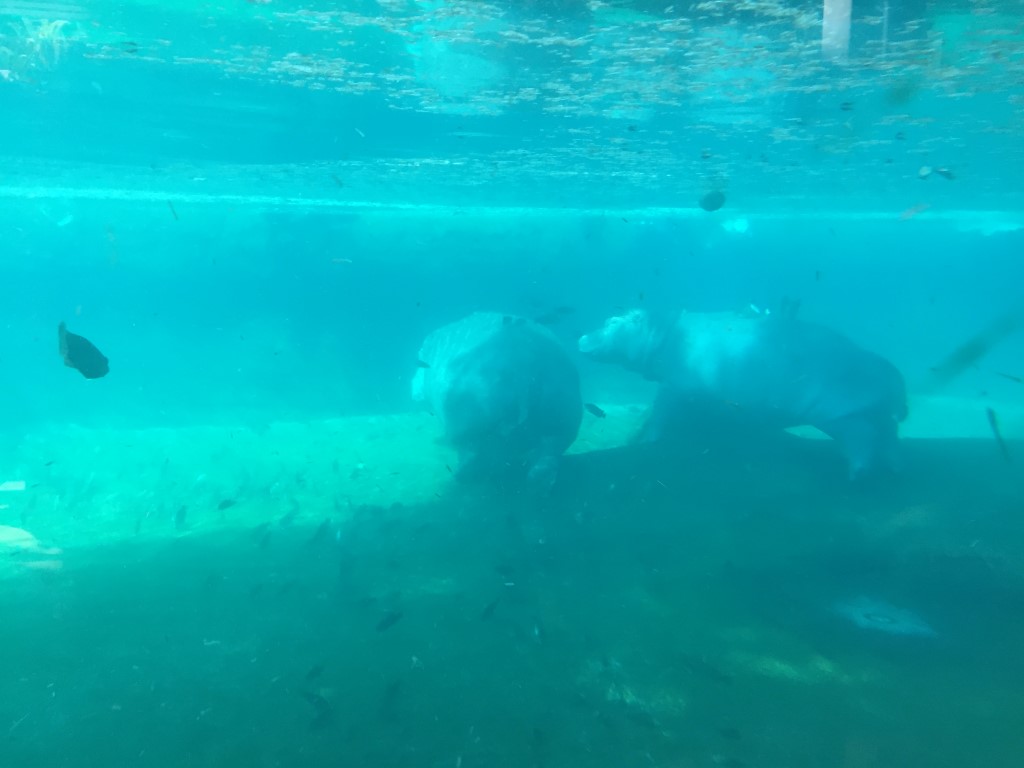
Last but not least in Lost Forest is Treetops way, home to the Orangutan Trail. The Orangutan trail features mainly one exhibit. In this exhibit are of course the adorable orangutans, but also a few siamangs, once again an example of mixing two species that can coexist well, better simulating the biodiversity of their natural environments. Orangutans are always a treat but this exhibit is spectacular as you can observe, the huge full grown male, several females and adolescents and a three year old baby, possibly the cutest animal ever.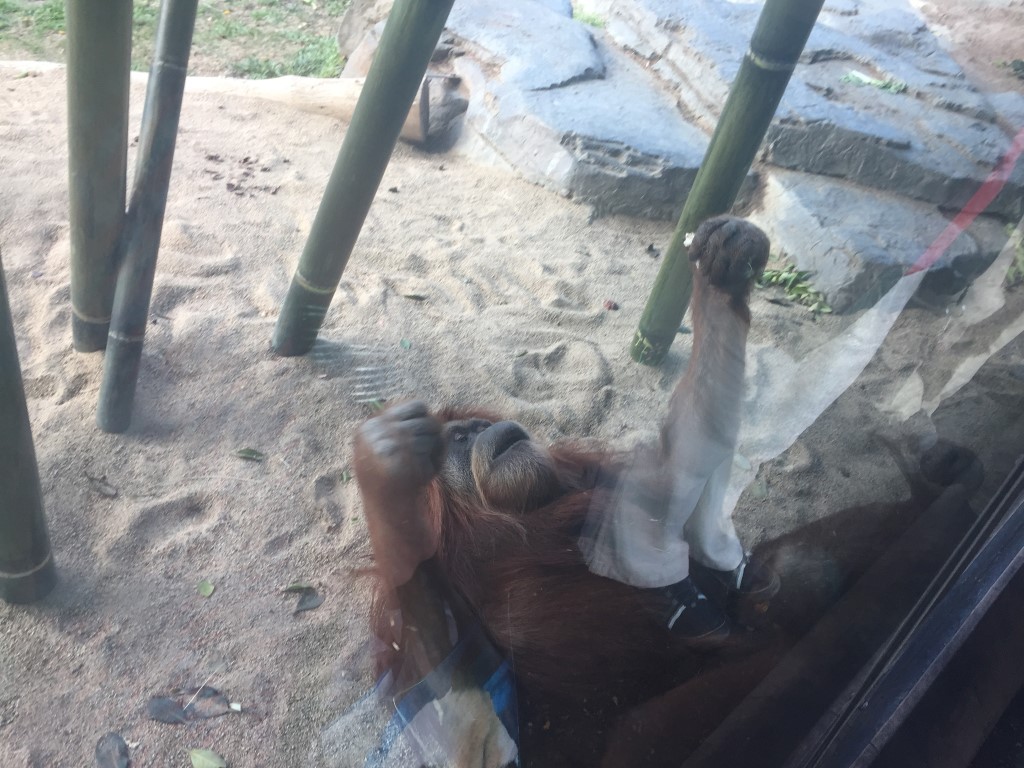
When we were there, the orangutans were playing, climbing and literally rolling all around their exhibit. The siamangs were perched on rocks, surprising for this usually arboreal species.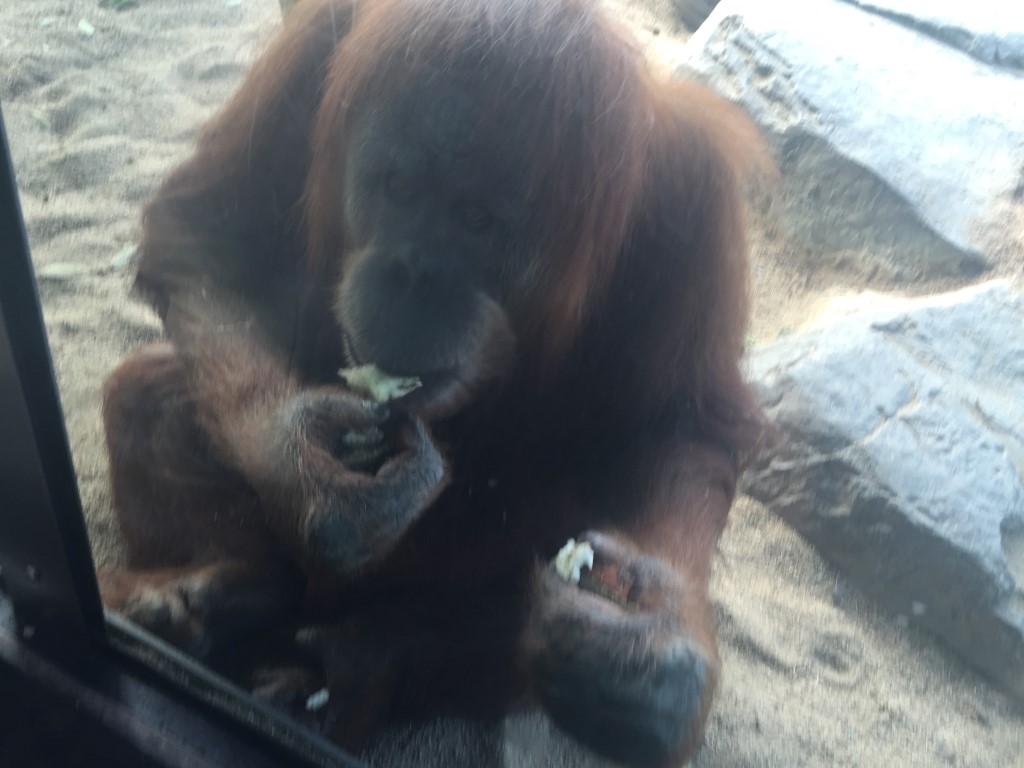
Alright, that’s about all for Lost Forest, there’s also a large aviary but do to time constraints, we left that for next time moving on to the next area of the park, Park Way. There are quite a few exhibits (and buses) along Park Way. Towards the top of the canyon, the road starts with some species of hoof-stock including gazelles and zebras.
Once you start to round the corner it branches off briefly into the Eagle Trail including harpy eagles, golden eagles and the enormous steller’s sea eagles. These birds are so big they can hunt baby seals from the sky! The exhibit really gives you a chance to see their size and power up close.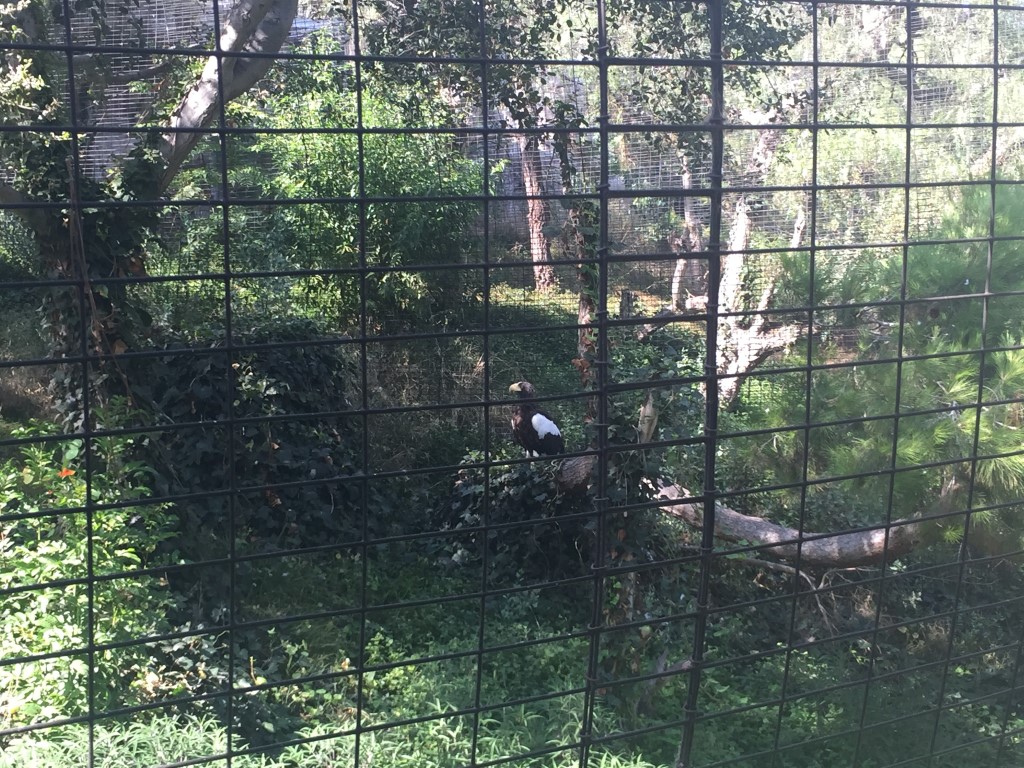
Just down the road are the Asian cats, specifically the snow leopard. Aside from being an incredible animal, the exhibit set up for this one guy is insane. It feature four separate large enclosures with aerial walkways between each one. Really goes to show how much the park cares about the well being and comfort of their animals.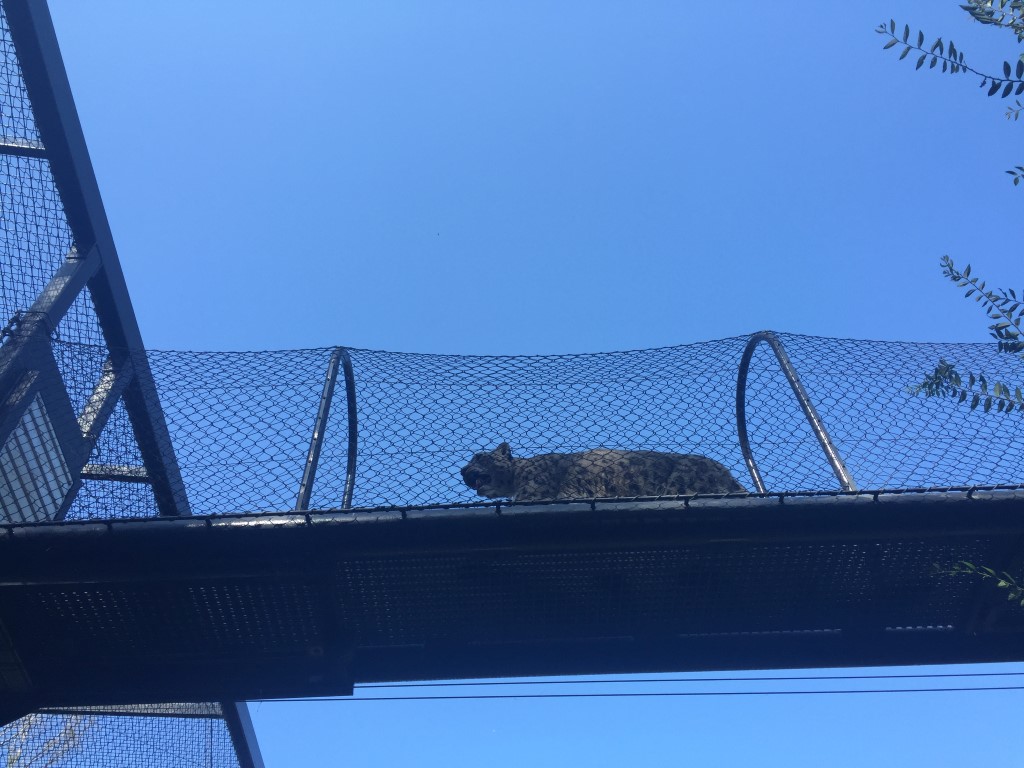
Park Way continues up into Center Street, home to the different species of bears including sun bears, grizzlies, and of course the famous pandas. Panda Canyon is currently being constructed so this is only a temporary home for them until their much larger habitat is finished. The three pandas however are still perhaps the biggest draw in the zoo.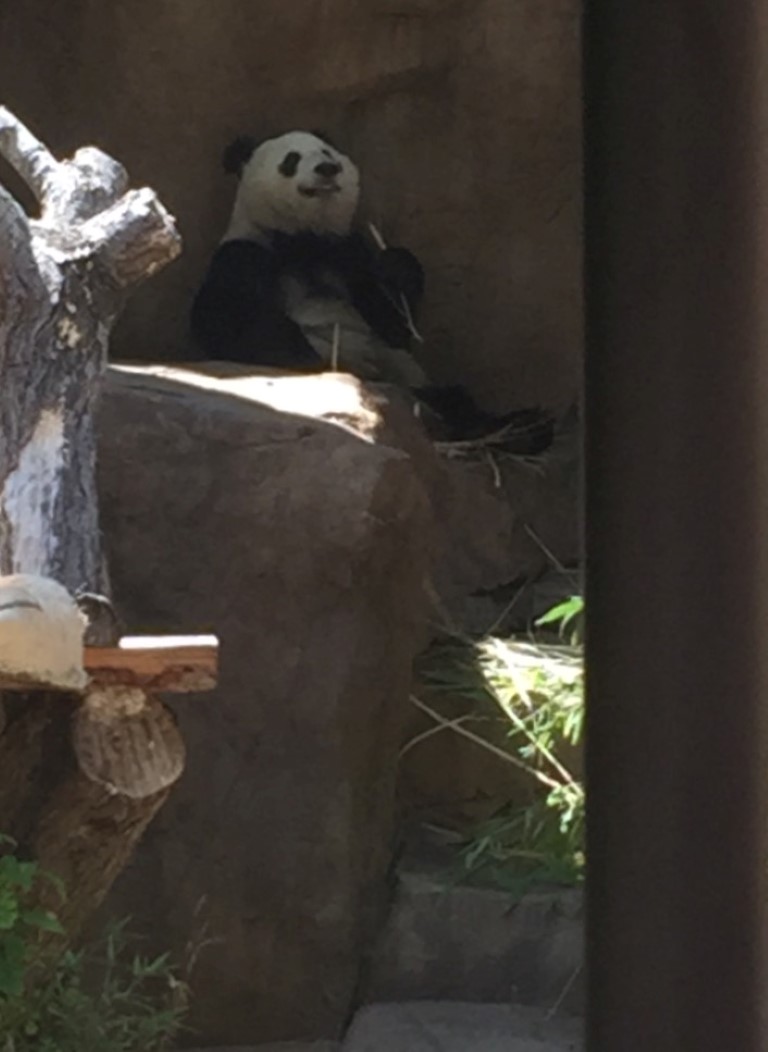
The San Diego Zoo is one of only four zoos in America to have pandas, and their breeding program has been the most successful on the planet, having successfully bred six pandas. This is a remarkable success story because when the pandas first came to the zoo, no one knew if it would be possible to breed pandas in captivity. The San Diego Zoo pioneered the breeding program, helping to save these animals from extinction. These animals are the definition of cute, and of course draw all sorts of crowds. They’ll only be more impressive once Panda Canyon is finished.
Next up is the Massive Elephant Odyssey area. It consists of a lot of African animals with some exceptions here and there.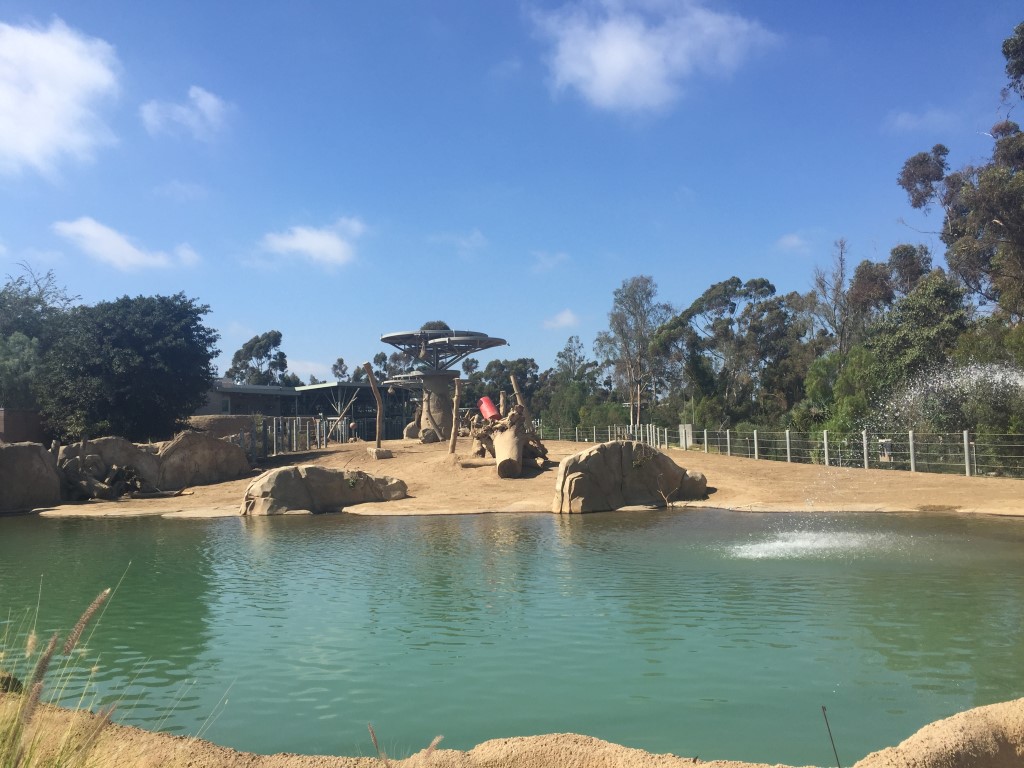
One of those exceptions are the spectacular California condors. These massive scavengers were totally collapsing in the 1980’s. They would scavenge on dead animals shot by lead bullets and as a result would be poisoned. The population declined to 22 birds total. In a last ditch attempt to save them from extinction, every single one of these remaining birds were captured and sent to the Los Angeles and San Diego zoos where a desperate breeding program was started. The breeding program was very successful and today there are over 450 animals in the wild flying freely in California and Arizona. Although still critically endangered, the San Diego Zoo brought these animals back from extinction, and that is simply amazing.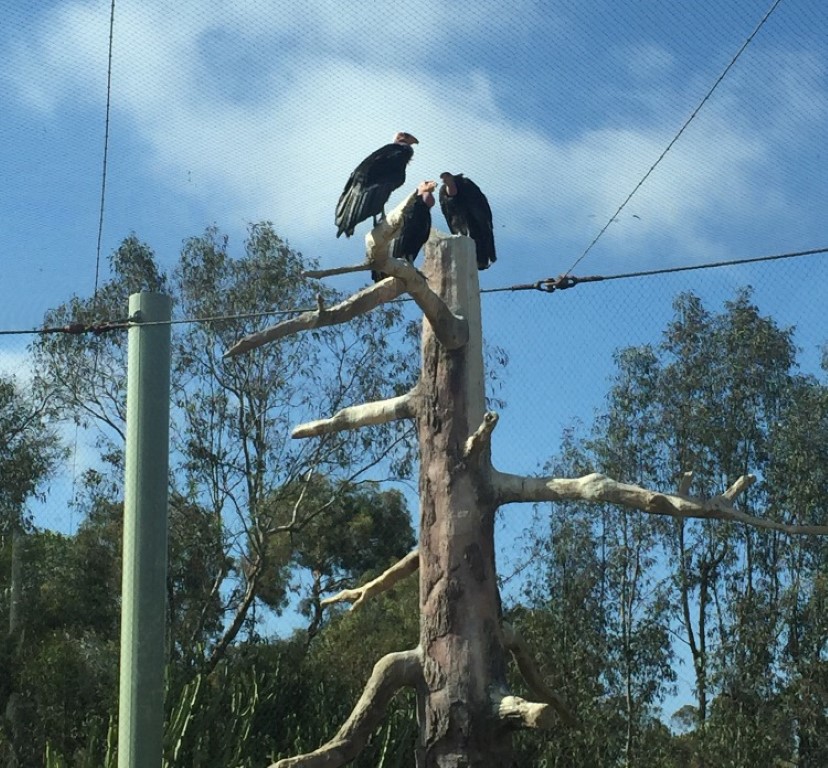
Also in Elephant Odyssey is, well you know, elephants. The multi-acre area features both Indian and African elephants as well as the Elephant Care Center where guest can see these mammoths being washed and cared for.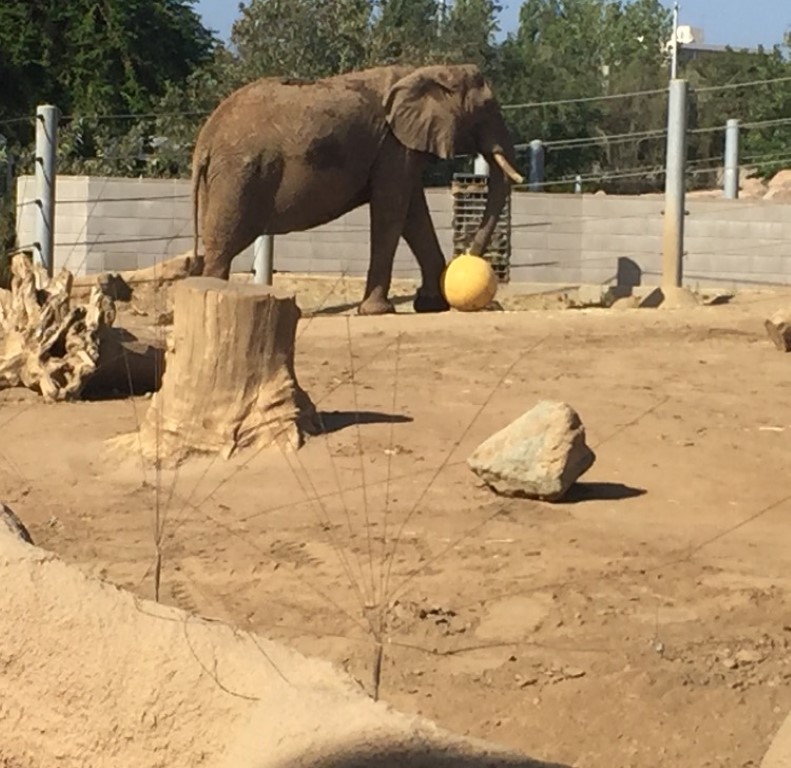
Also in the area are lions and jaguars which are very cool and only add to the already long list of large cats at the park.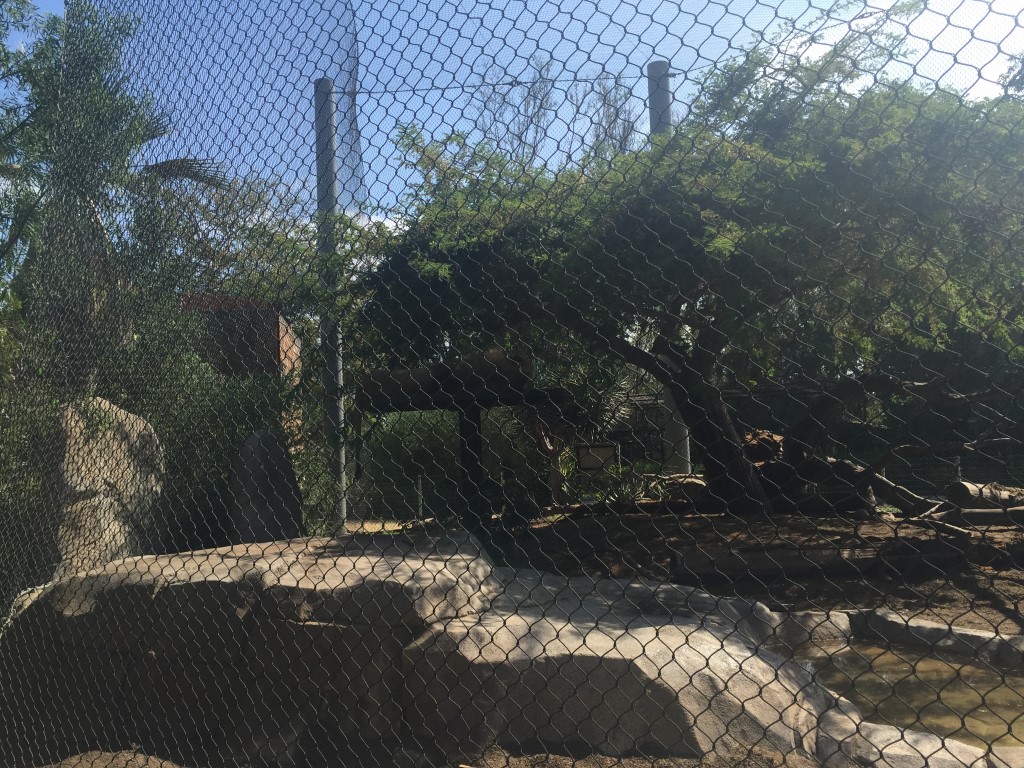
Lastly in the area is the peculiar secretary bird. These colorful creatures have incredibly long legs and in some cases can be taller than a small person. Very interesting birds.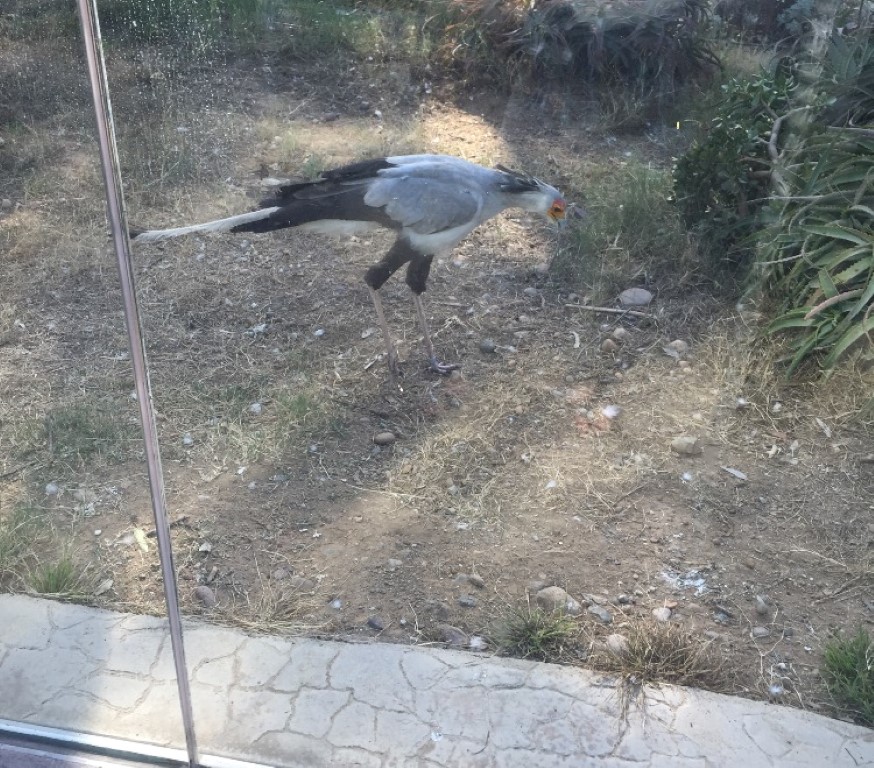
The final area of the zoo that we’ll be talking about is the Northern Frontier, featuring Polar Bear Plunge. Of course the highlight of this area are the polar bears, and rightfully so! Their sizeable exhibit shows off these graceful animals wonderfully with a pool of ice cold water to give these arctic animals a break from the California sun. Definitely one of the best exhibits in the park.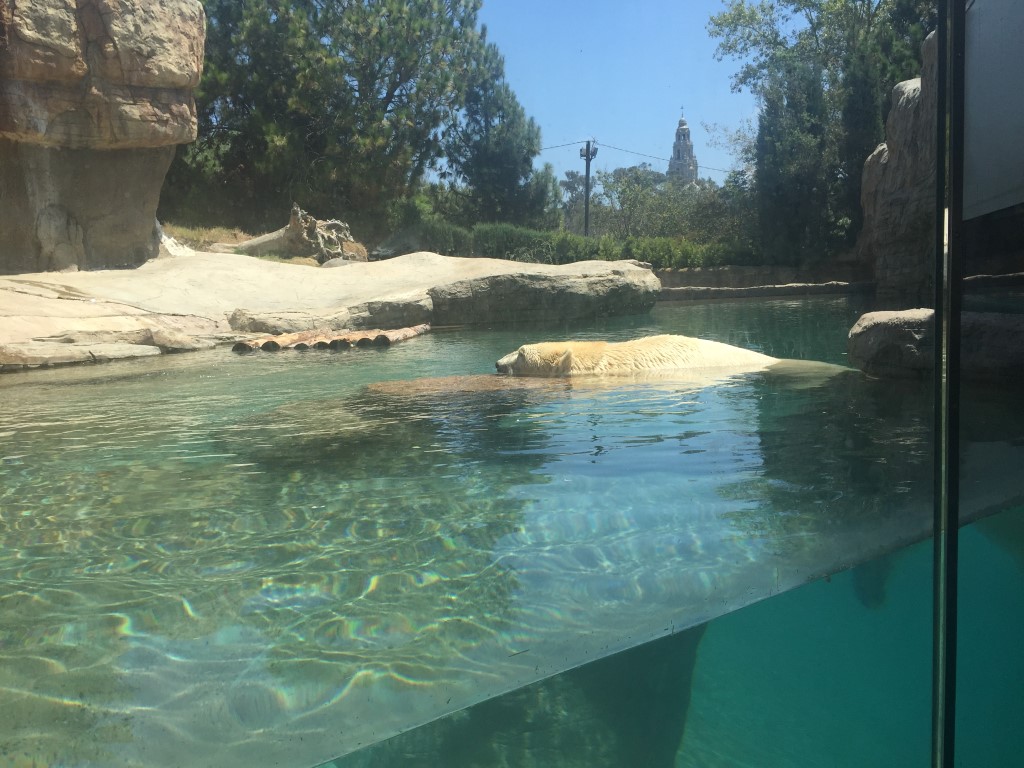
There are a few other species of arctic animals in the area including an arctic fox, and a couple of huge reindeer. Overall a very cool area.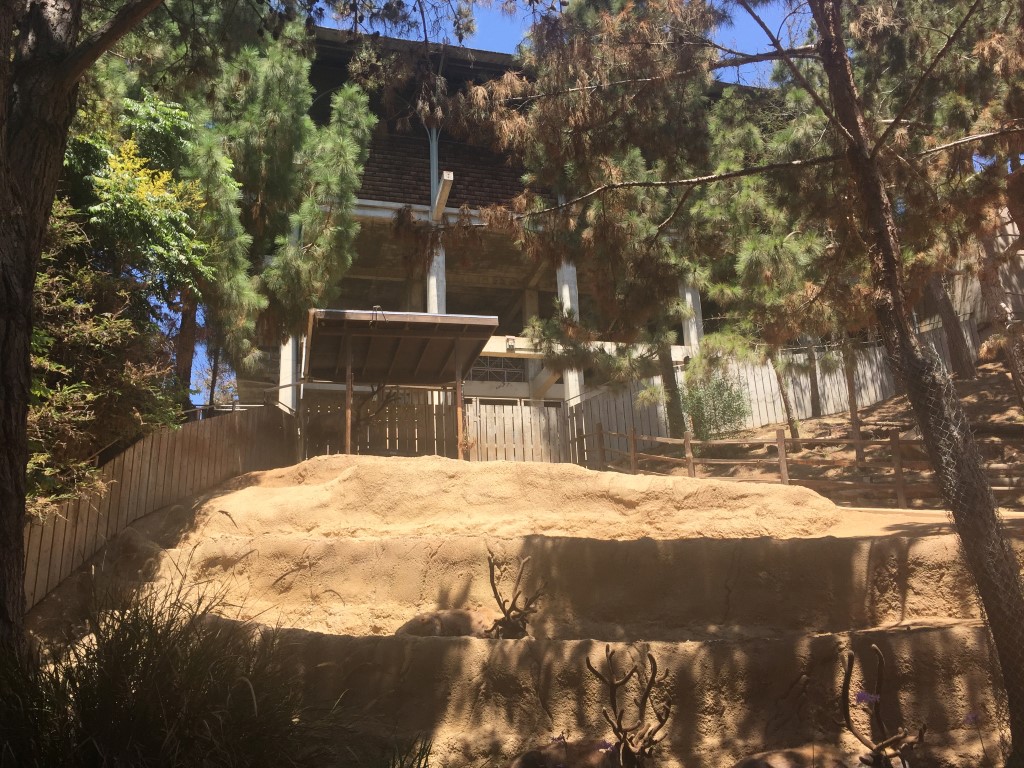
That’s all for the animals, but we still have a few things a little more in our wheelhouse to cover. There are two 4D Theaters in the park, one themed to Ice Age, one to Rio. There are both up-charges so we took a miss this time around.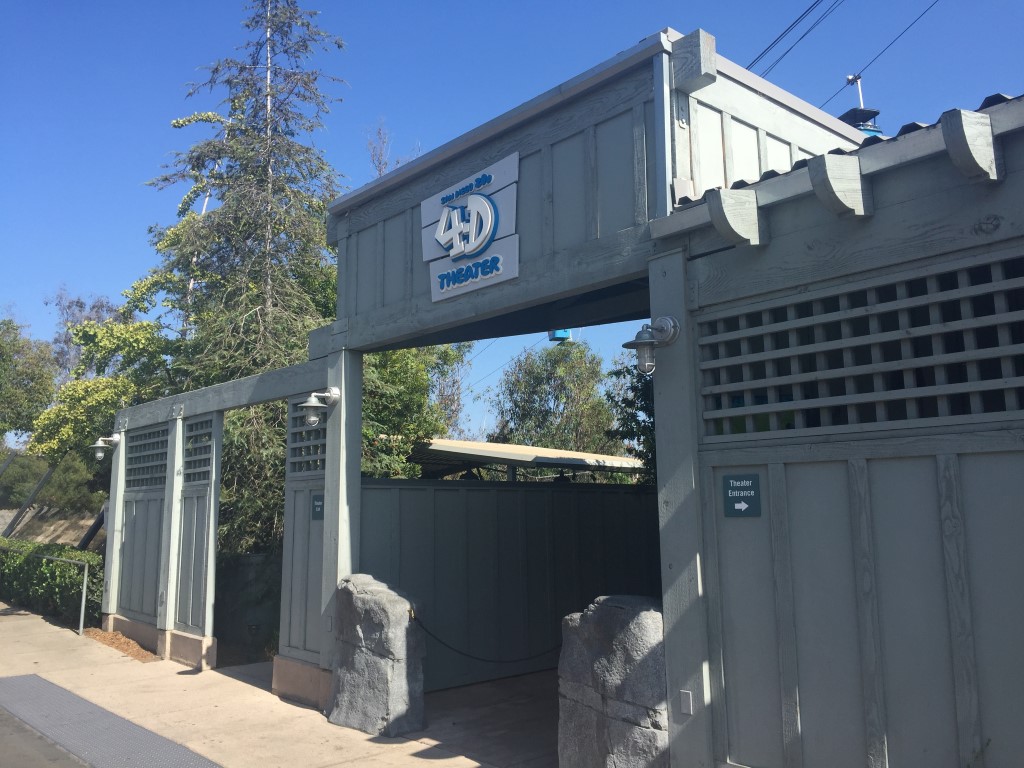
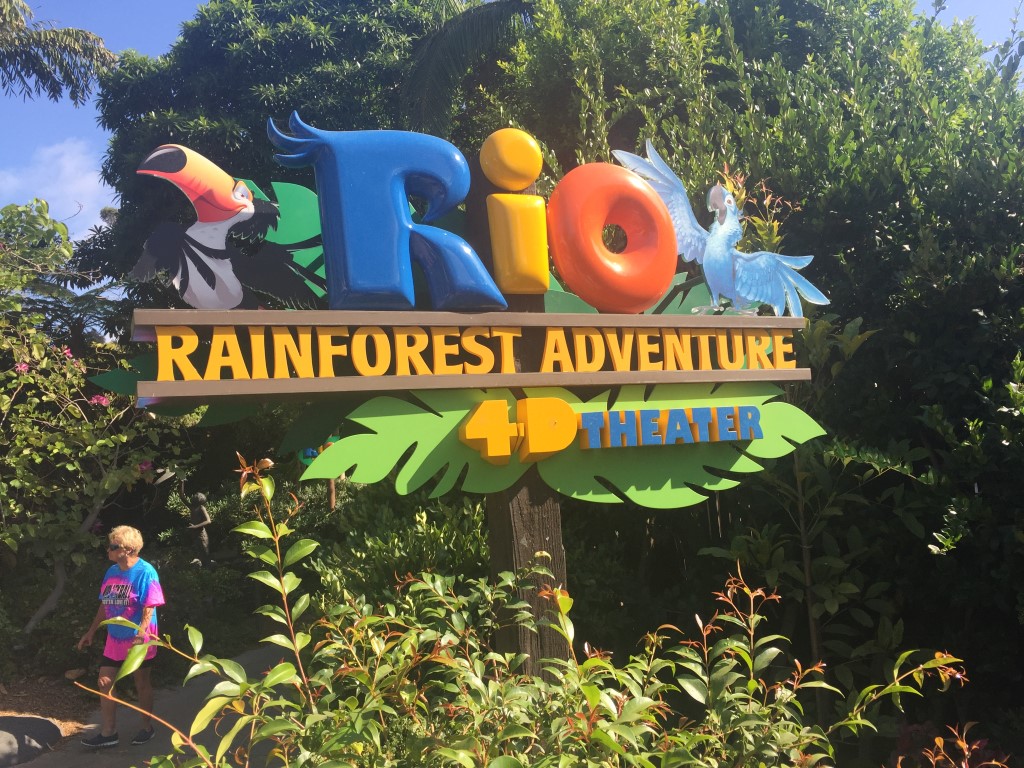
An attraction that comes with the price of admission however is of course the Skyfari. This scenic skyride is definitely one of our favorites and fits perfectly into the zoo’s overall identity.
It provides incredible views of Balboa Park, Downtown San Diego, and even the animals below you, in addition to providing practical transportation from one end of the zoo to the other. Funny that the two best skyrides in the state are both in San Diego.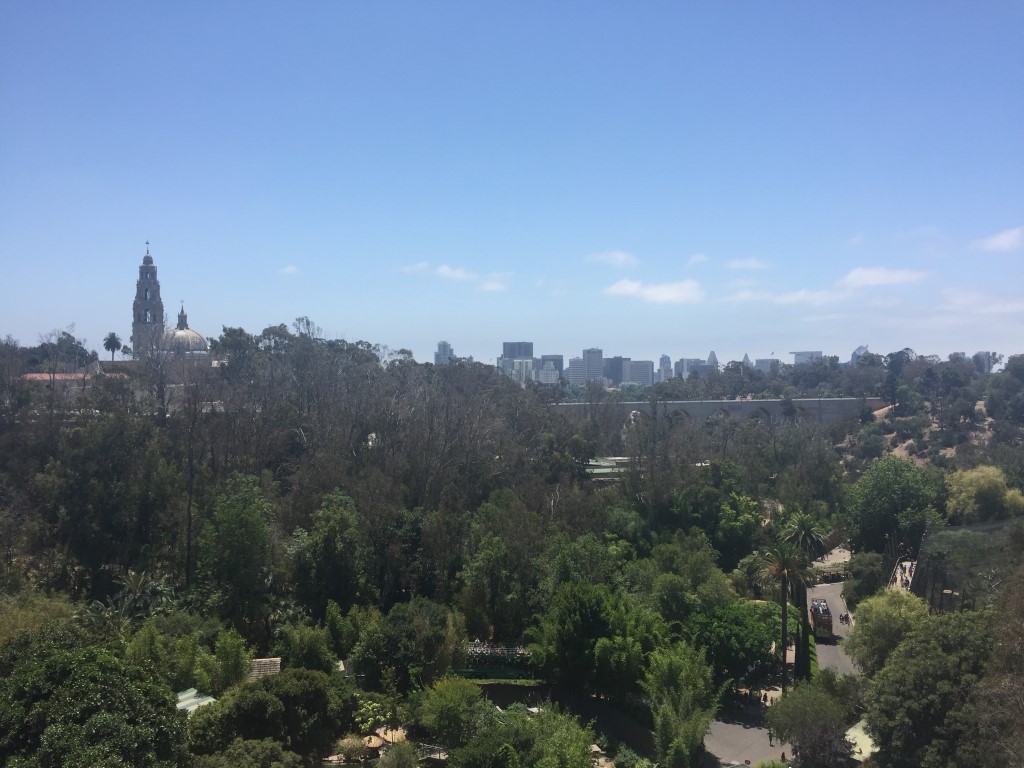
The Zoo also has various bands playing at cafes in the late afternoon and evening.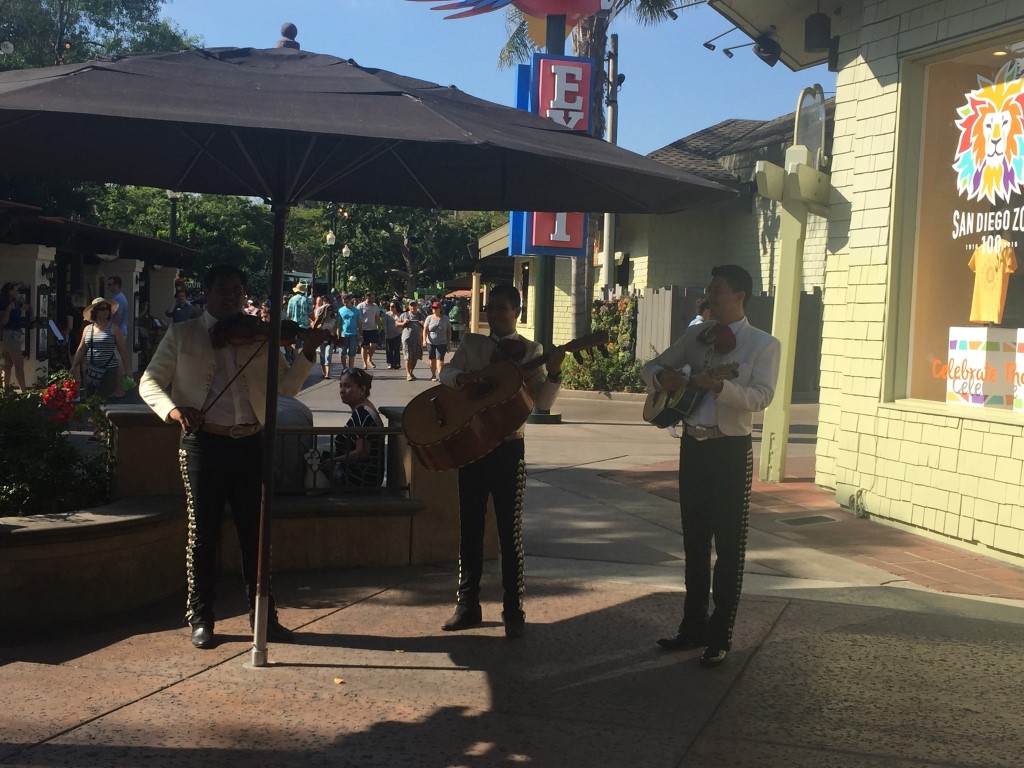
Well that’s about all for this article. If you thought that was long, we didn’t even cover close to everything the zoo has to offer. This place really is massive and is not just a highlight of the city, but draws guest from all over the world. Next time you’re visiting SeaWorld or Belmont Park for those few precious credits, visit the San Diego Zoo, you won’t regret it. Make sure to comment below and let us know your thoughts on the zoo, and thank you for checking out this special on the San Diego Zoo!
Make sure to follow us on our social media for exclusive coverage! Facebook–Twitter–Instagram


When is the Q&A top questions thing coming out??? Also, will it be posted here or on instagram?